In September we accompanied a special guest for a 7 days birdwatching tour in Southern Italy: an American birder who has traveled the world totaling over 3500 species!
After two days of birdwatching departing from Matera between Apulia and Basilicata, our adventure continued in Sicily, with two excursions to discover the birdlife of this other magnificent region.
Once again we tried to explore a great variety of environments, so as to try to observe as many species as possible, enriching our guest’s experience with some local gastronomic excellences, including the granita and the Sicilian cannoli.
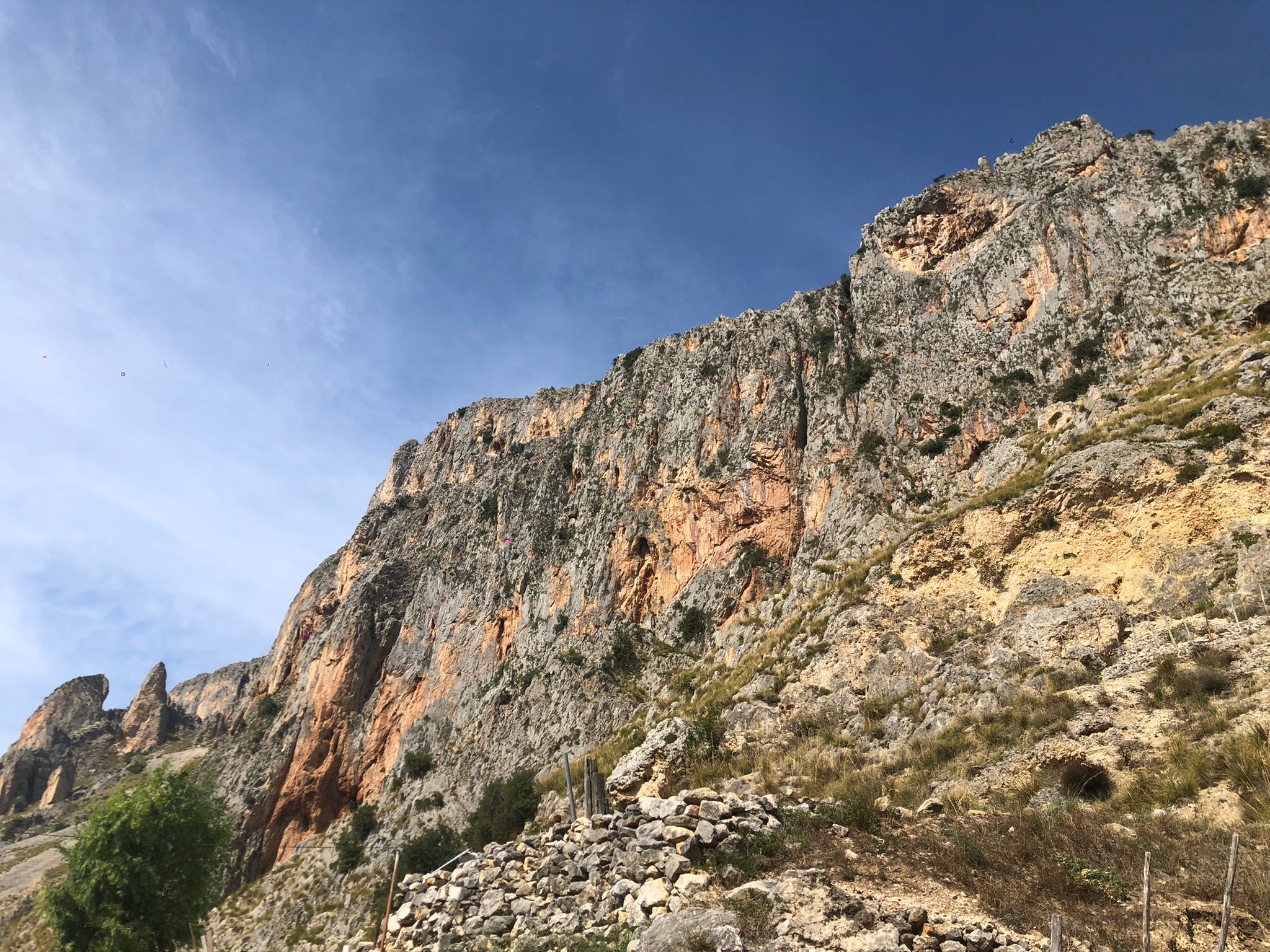
The first birding trip begins in Cefalù, when Roberto Vento and Salvatore Surdo meet Dr. D. Doolittle around 1:00 pm. Destination Nebrodi Mountains Natural Park and the Eurasian Griffon Vulture (Gyps fulvus) colony present there.
Thanks to the reintroduction and conservation project started in 1997 by the Park with the LIPU, the colony has been stable for more than ten years and is constantly growing, currently counting more than 160 individuals!
Eurasian Griffon Vulture. Photo by Salvatore Surdo.
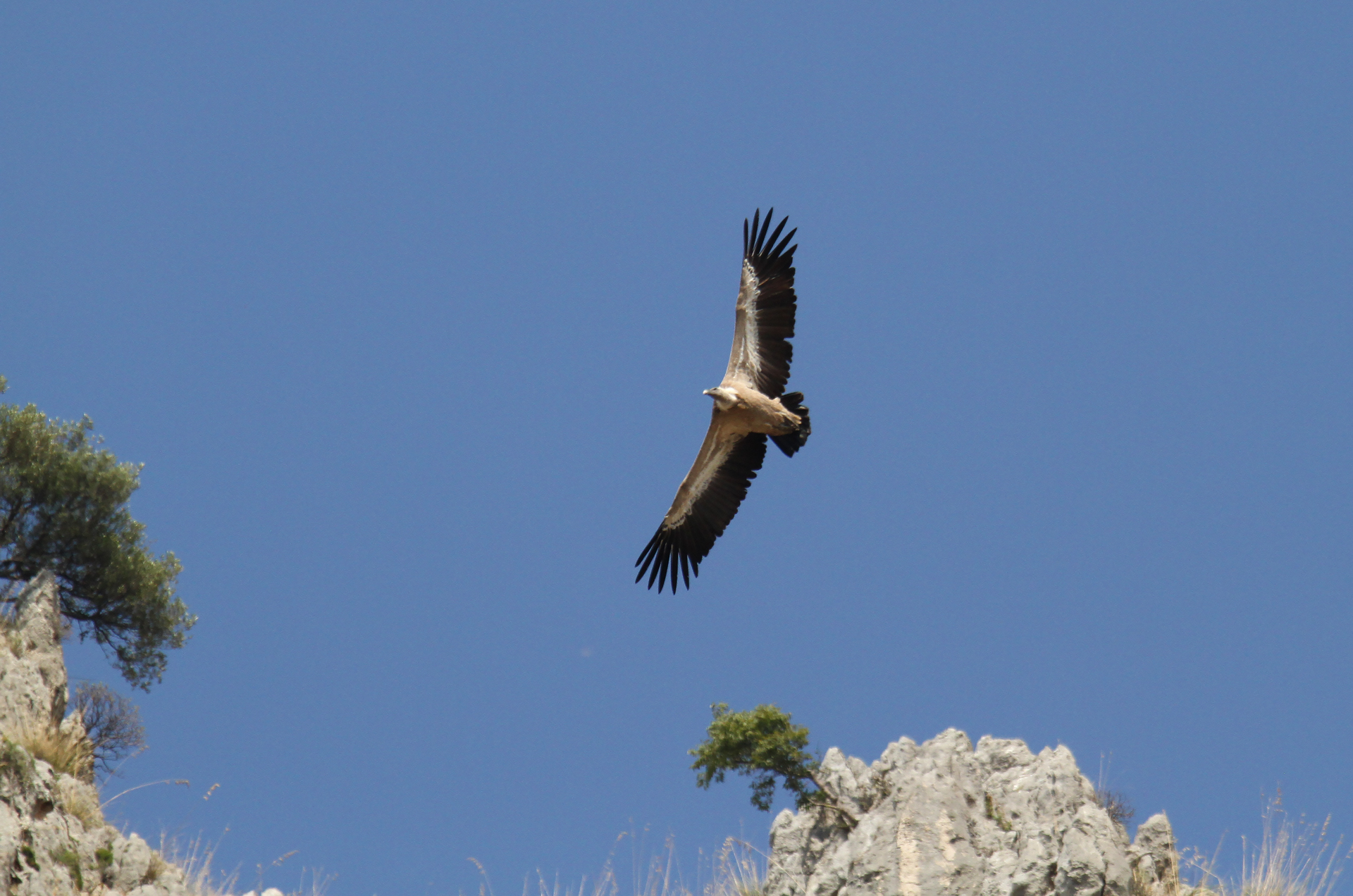
After about two hours, we finally arrive at Alcara li Fusi. We are immediately welcomed by the first Griffon Vultures, flying over the rocky cliffs dotted with bushes and shrubs.
There are many individuals that we see, managing to appreciate the differences in plumage in different ages.
Vultures in comparison. Photo by Salvatore Surdo.
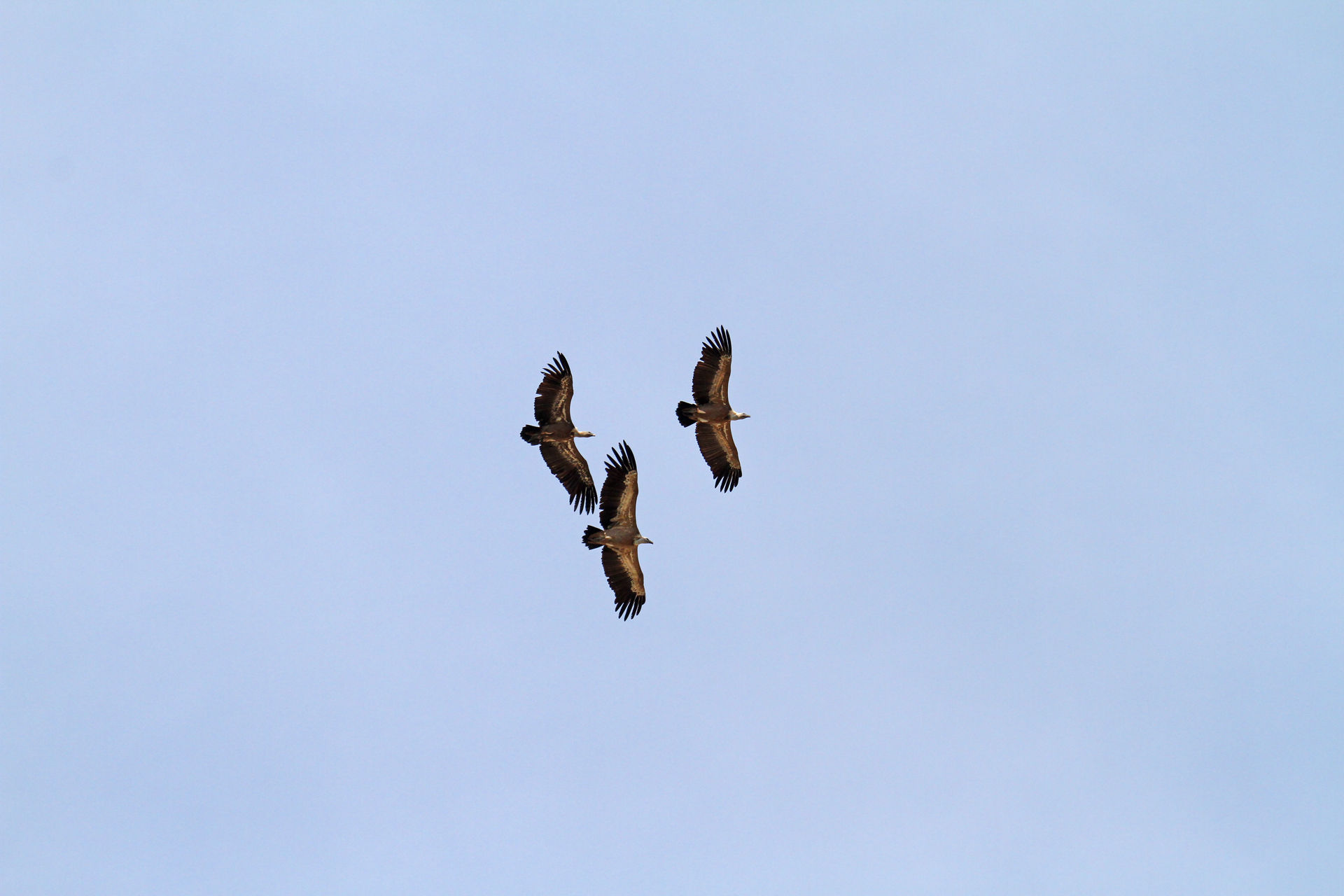
Eurasian Griffon Vulture. Photo by Salvatore Surdo.
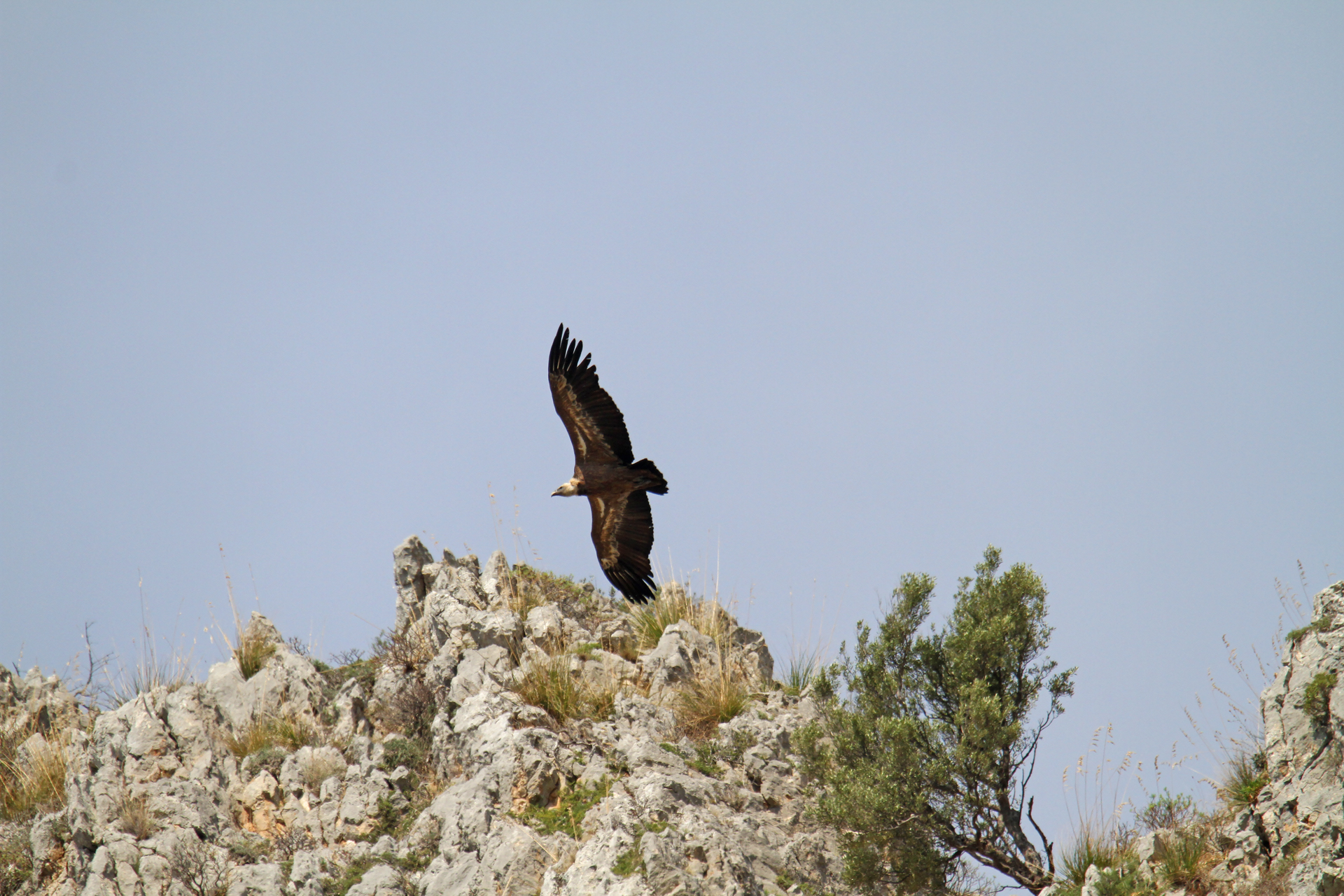
We continue our exploration passing through oak woods, where we add to the checklist many species of Passerines, including a regional endemism: the Sicilian Long-tailed Tit (Aegithalos caudatus siculus). This subspecies, unlike the one that nests in peninsular Italy, has rather dirty head plumage with a less marked eyebrow tending to brown and a greyish back.
Sicilian Long-tailed Tit. Photo by Davide D'Amico.
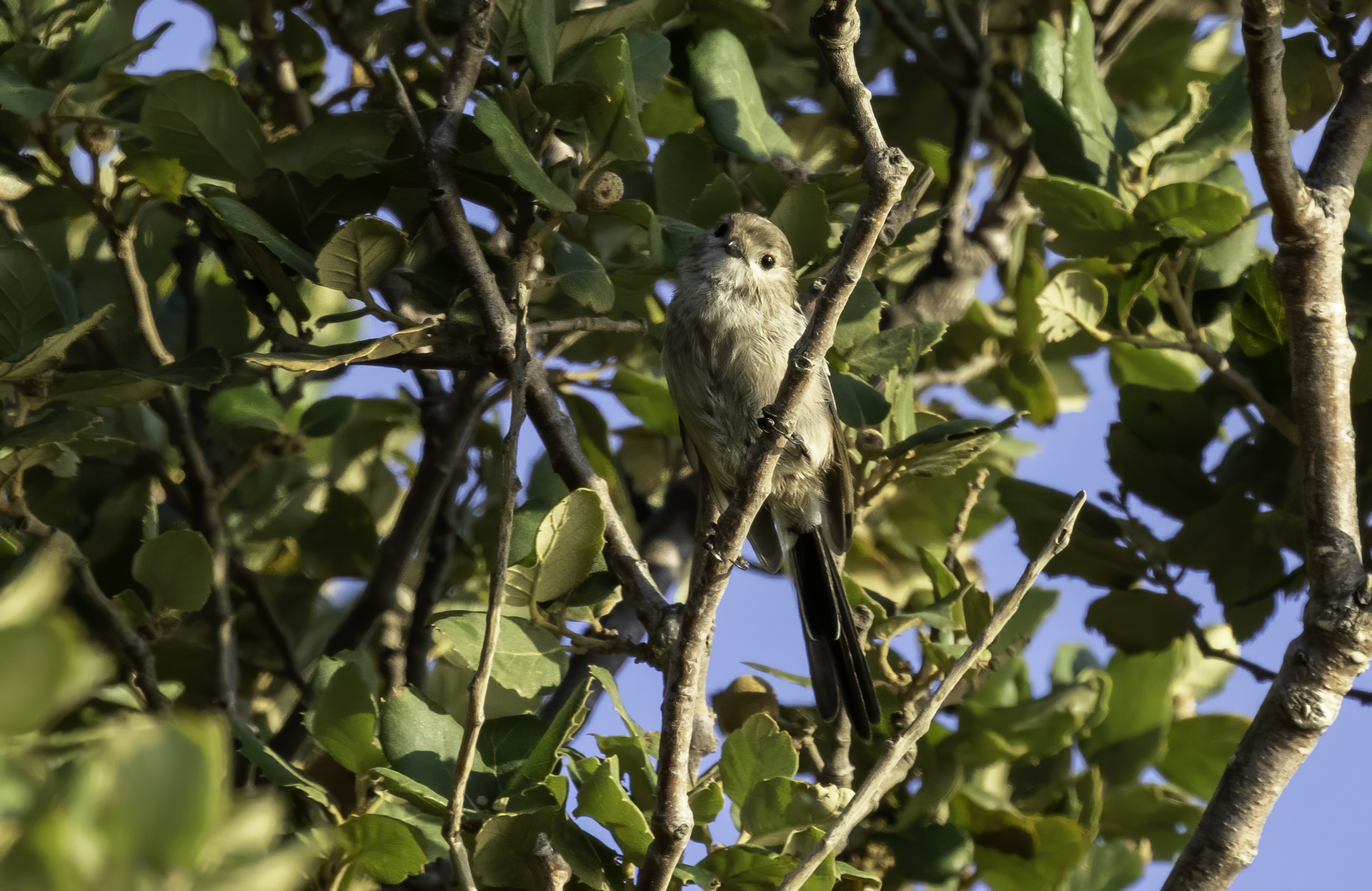
The day ends with a quick stop of seawatching along the way back, during which we observe a Scopoli’s Shearwater (Calonectris diomedea) offshore.
Our second appointment takes place in Mazara del Vallo, from where we start to investigate the rural environments and wetlands of western Sicily, in search of the many sedentary and migratory bird species present here.
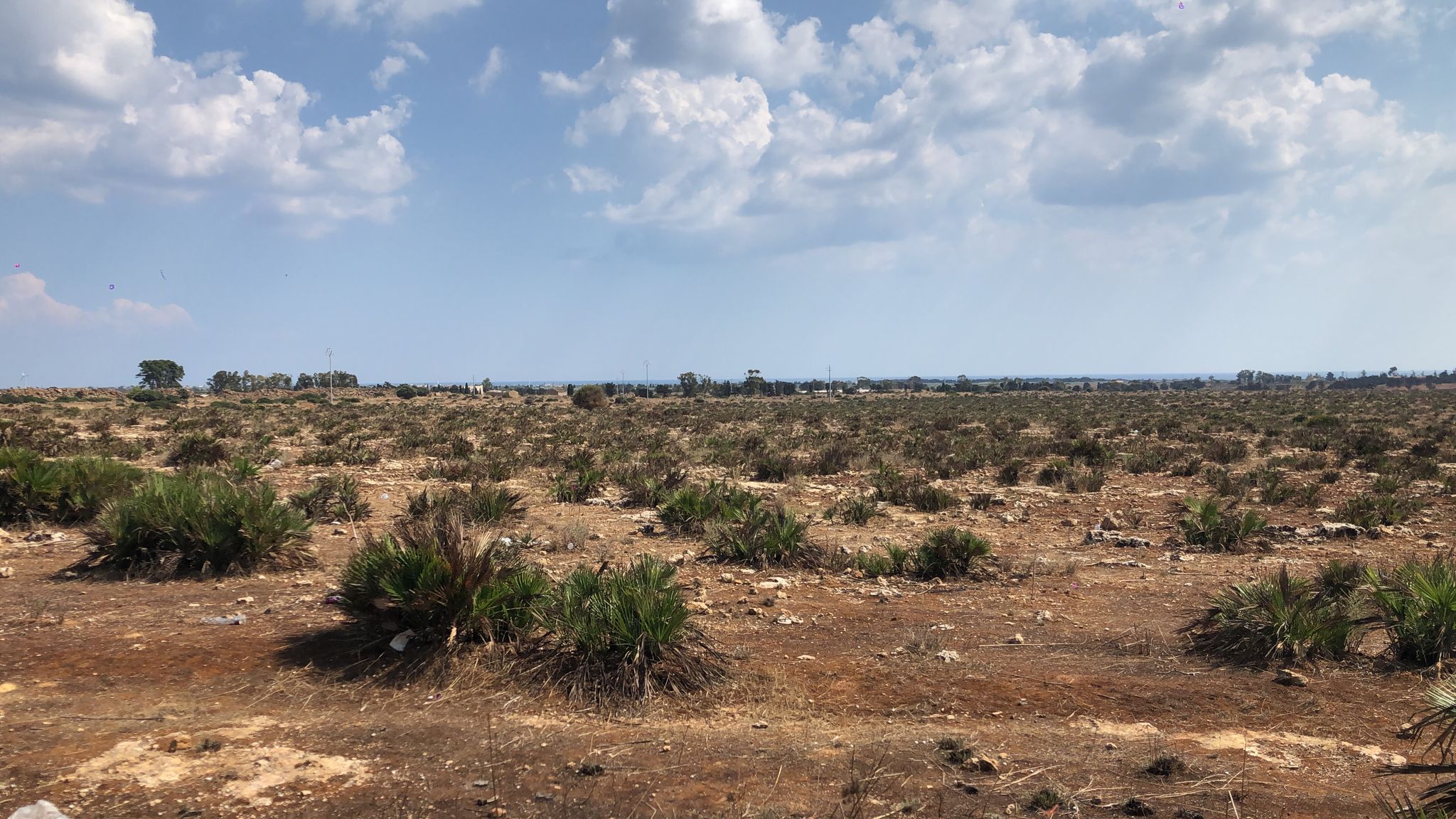
After skirting expanses of dwarf palms we arrive at the first stopping point. Here we are welcomed by an Osprey (Pandion haliaetus), which can be admired in all its splendor.
Meanwhile, a Western Marsh Harrier (Circus aeruginosus) seems to be attracted to the many ducks that crowd the body of water, including Ferruginous Ducks (Aythya nyroca), Common Pochards (Aythya ferina), Northern Shovelers (Spatula clypeata) and Gadwalls (Mareca strepera).
Osprey. Photo by Salvatore Surdo.
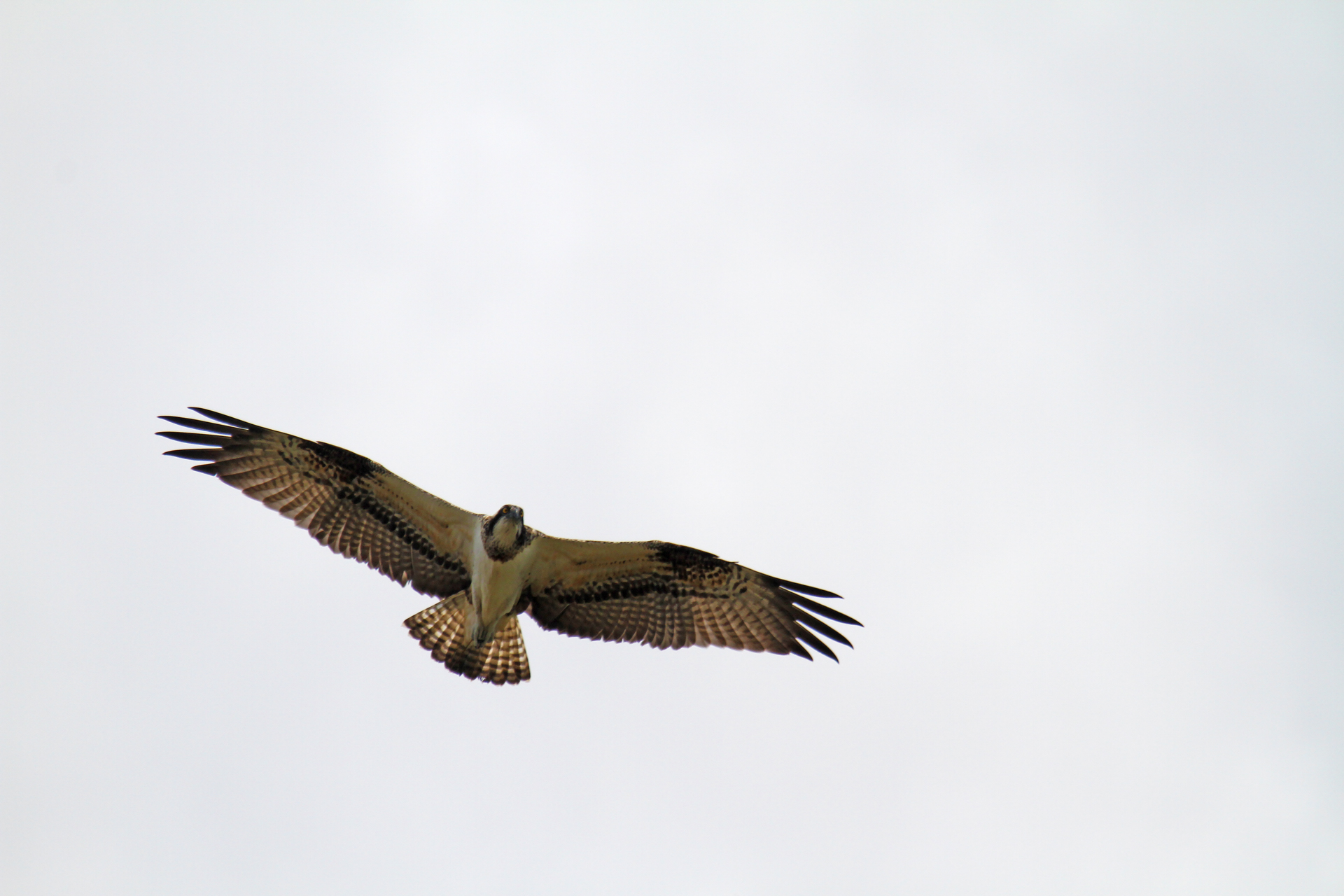
Along the banks, among the many aquatic Birds, we spot a Western Swamphen (Porphyrio porphyrio). Unfortunately, we don’t have time to frame it with our lenses that this colorful rail vanishes in the thick reedbeds.
Just before moving to the wetlands located on the Mazara seafront, a group of Greater Flamingos (Phoenicopterus roseus) fly over our heads, raising the daily checklist to about 60 species.
Greater Flamingos. Photo by Salvatore Surdo.
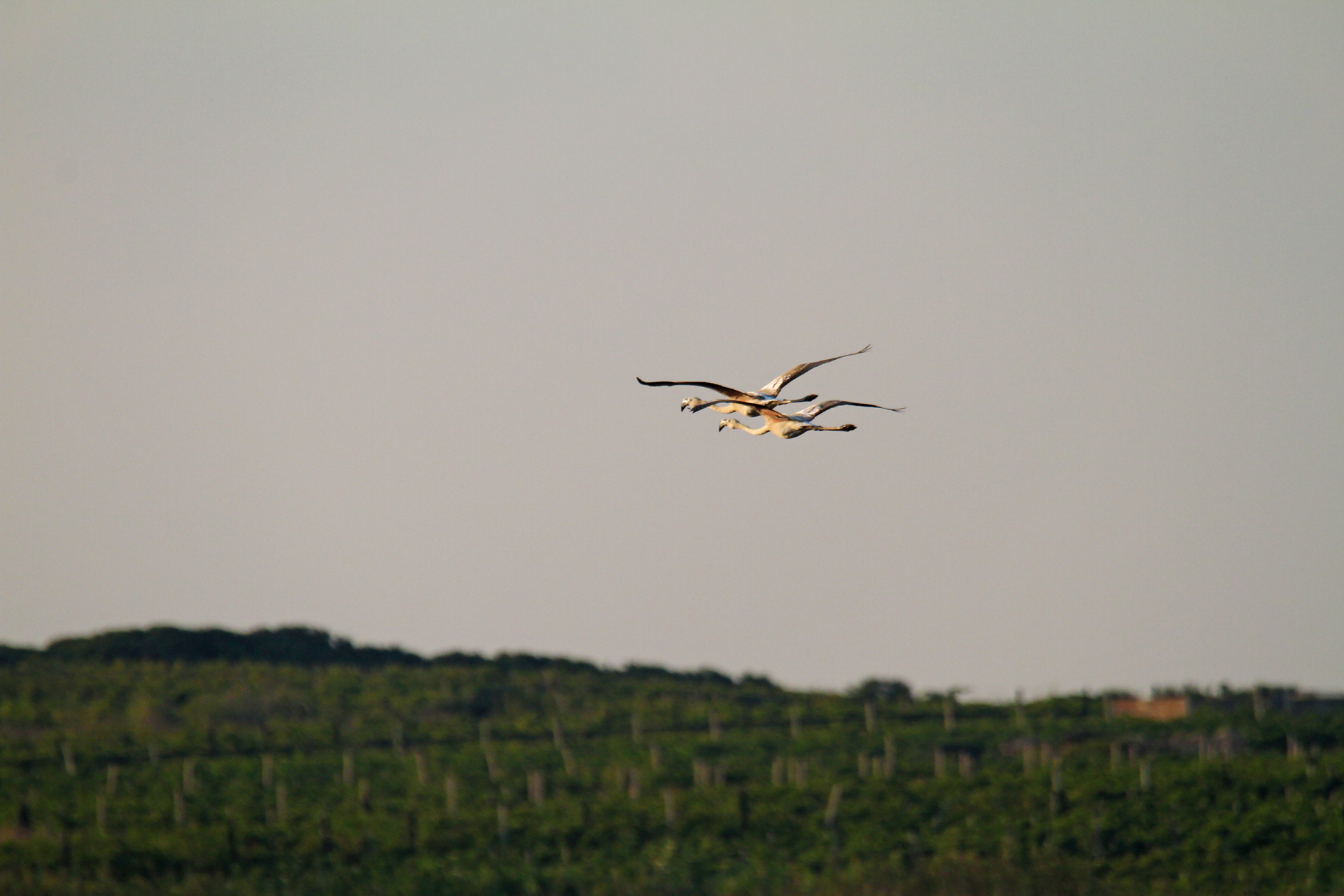
Crossing uncultivated and cultivated fields, we make several stops in search of the species linked to these open environments.
Between Northern Wheatears (Oenanthe oenanthe) in migration and Corn Buntings (Emberiza calandra), we are lucky enough to observe a Greater Short-toed Lark (Calandrella brachydactyla), later disturbed by a male of Pallid Harrier (Circus macrourus) patrolling the surrounding area.
Greater Short-toed Lark. Photo by Salvatore Surdo.
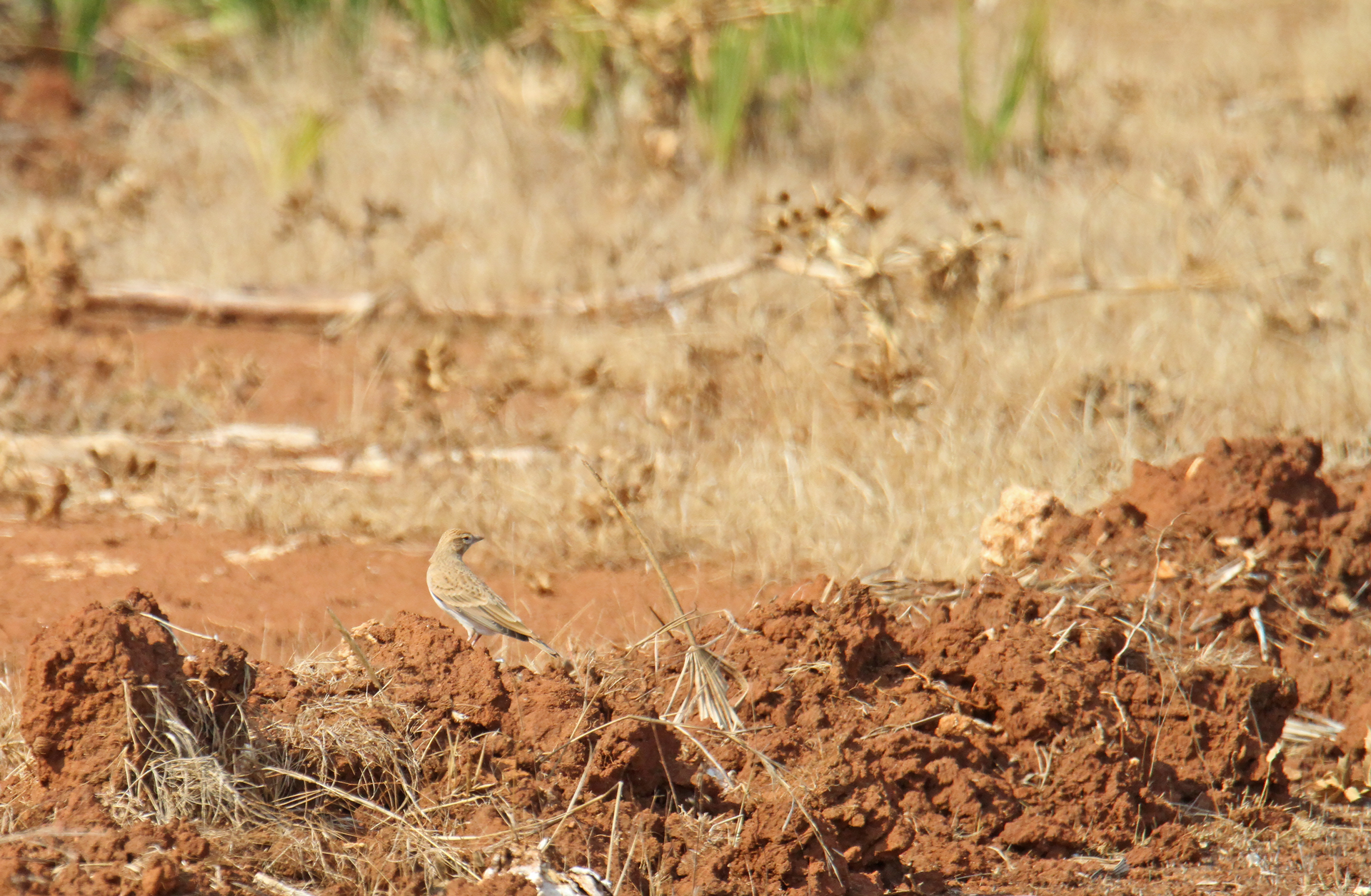
Pallid Harrier. Photo by Salvatore Surdo.
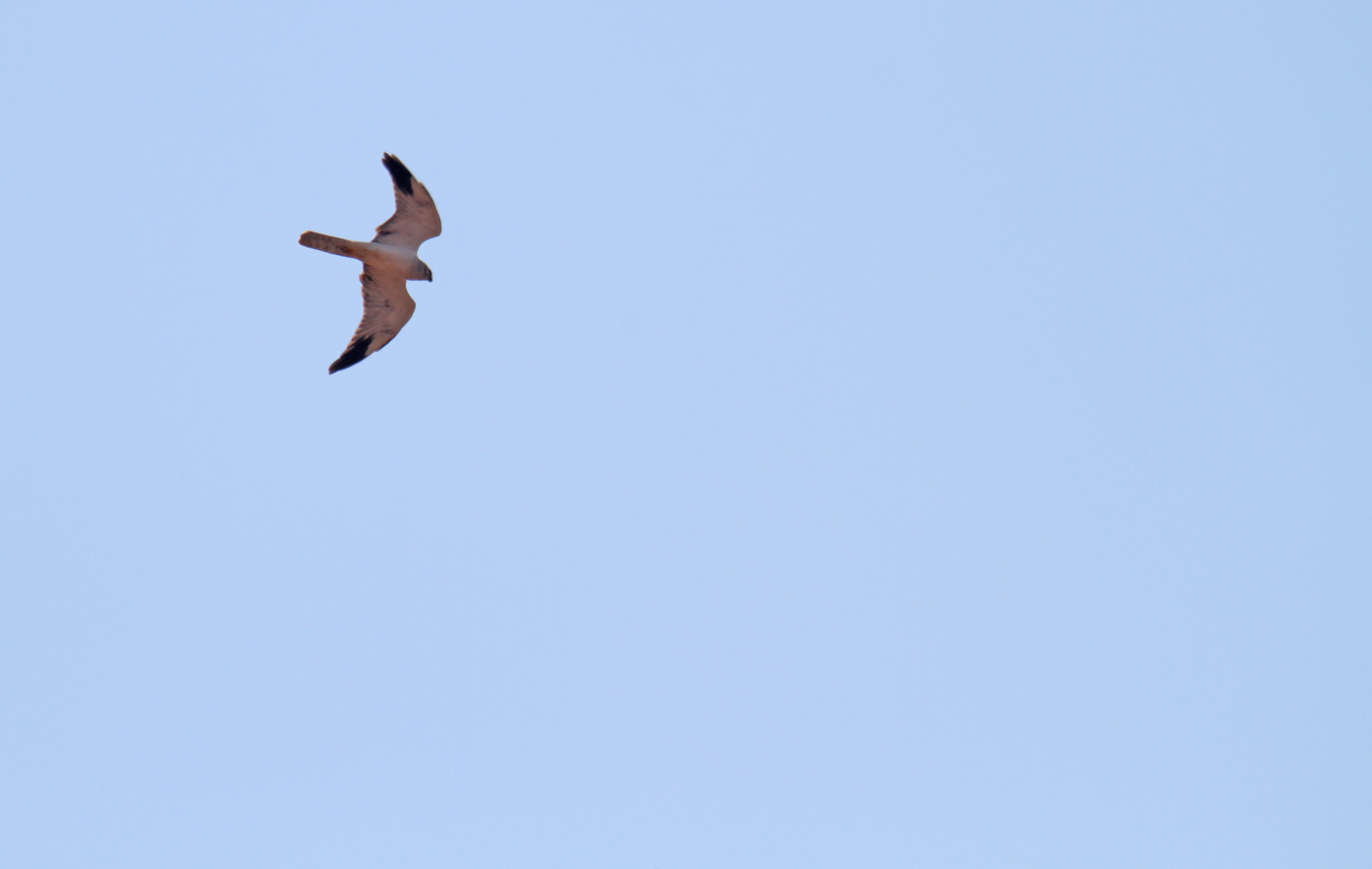
Once near Capo Feto, the coastal ponds are filled with dozens and dozens of waders: Common Redshanks (Tringa totanus), Kentish Plovers (Charadrius alexandrinus), Dunlins (Calidris alba), Eurasian Whimbrels (Numenius phaeopus), Ruddy Turnstones (Arenaria interpres), Black-winged Stilts (Himantopus himantopus) and much more.
Dunlin. Photo by Salvatore Surdo.
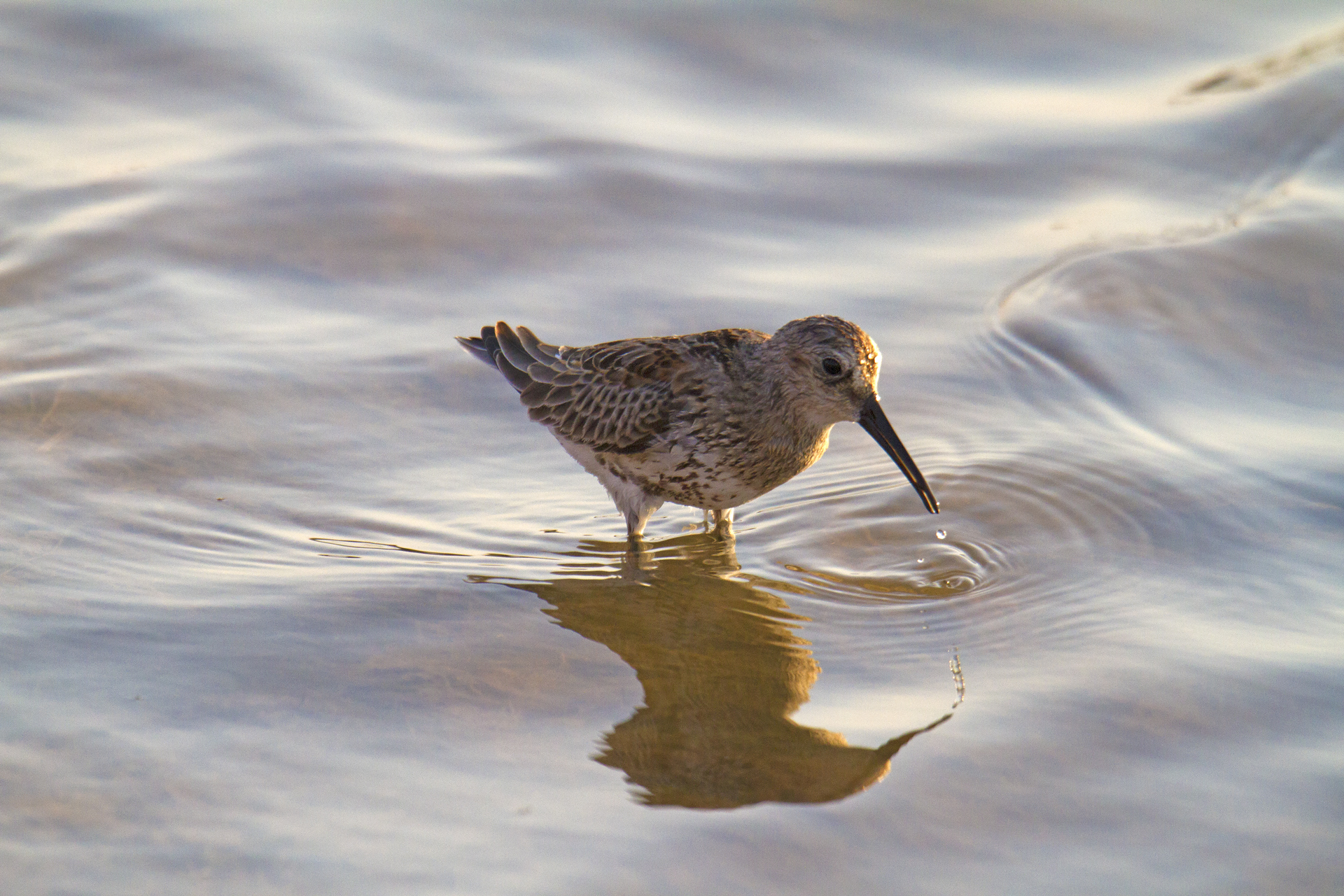
Ruddy Turnstone. Photo by Salvatore Surdo.
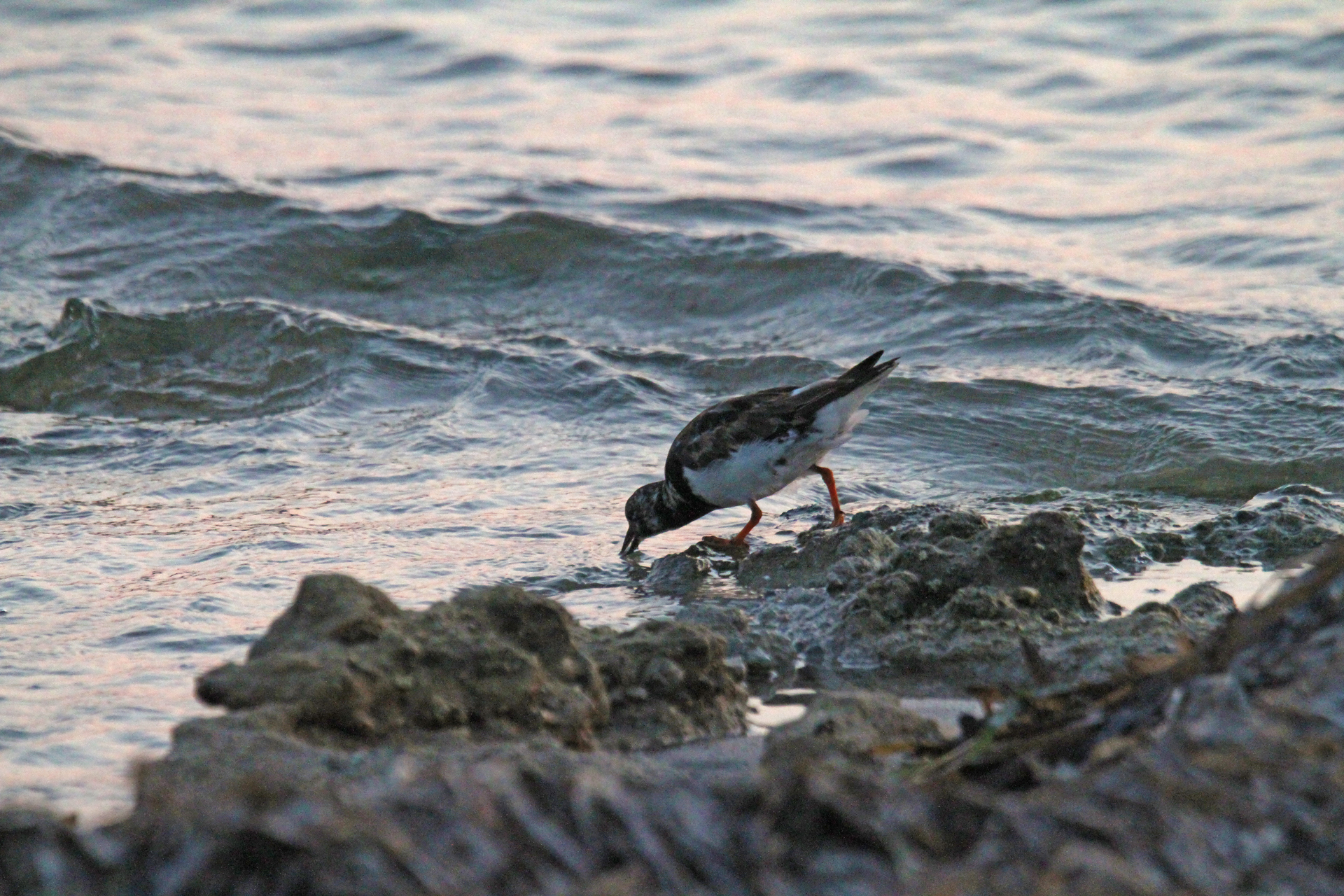
Last but not least, returning to the town, we conclude a great day with one last target species: the “very famous” Mazarese Laughing Dove (Spilopelia senegalensis)!
Here, in fact, there is the only population of the Sicilian “hinterland” (in Italy the species – native to Africa, the Middle East and the Indian Subcontinent – is present only here and in the smaller sicilian islands) and a short stop in Mazara del Vallo looking for this bird is a must!
Laughing Dove. Photo by Salvatore Surdo.
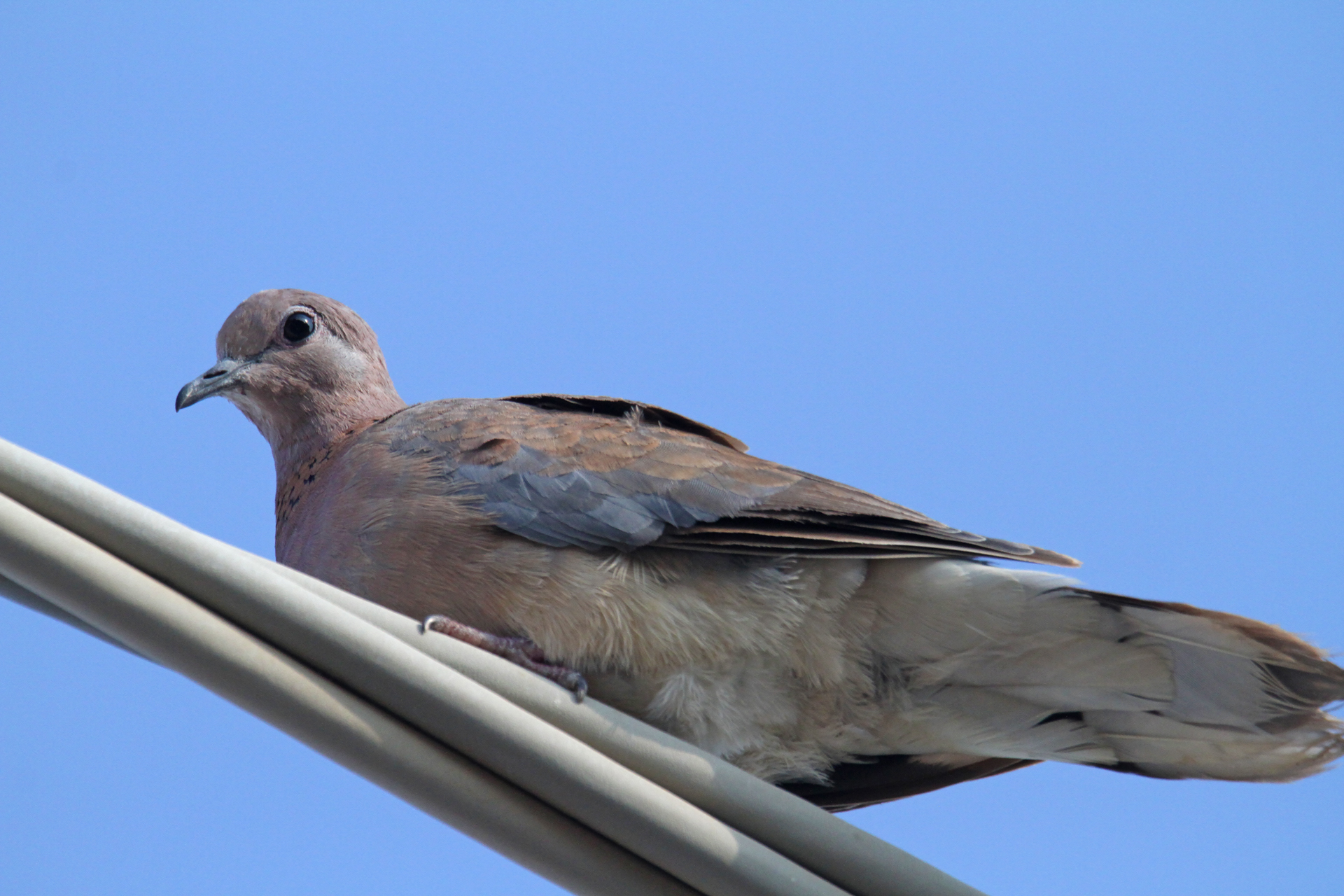
Unfortunately, this second day also ends. Our guest greets Sicily with a total of 102 species, including several lifers.
Our birder’s journey will continue in Campania, for another three days to discover the most interesting hotspots for birdwatching in the company of the expert zoologists of K’ Nature!
Laughing Dove. Photo by Salvatore Surdo.
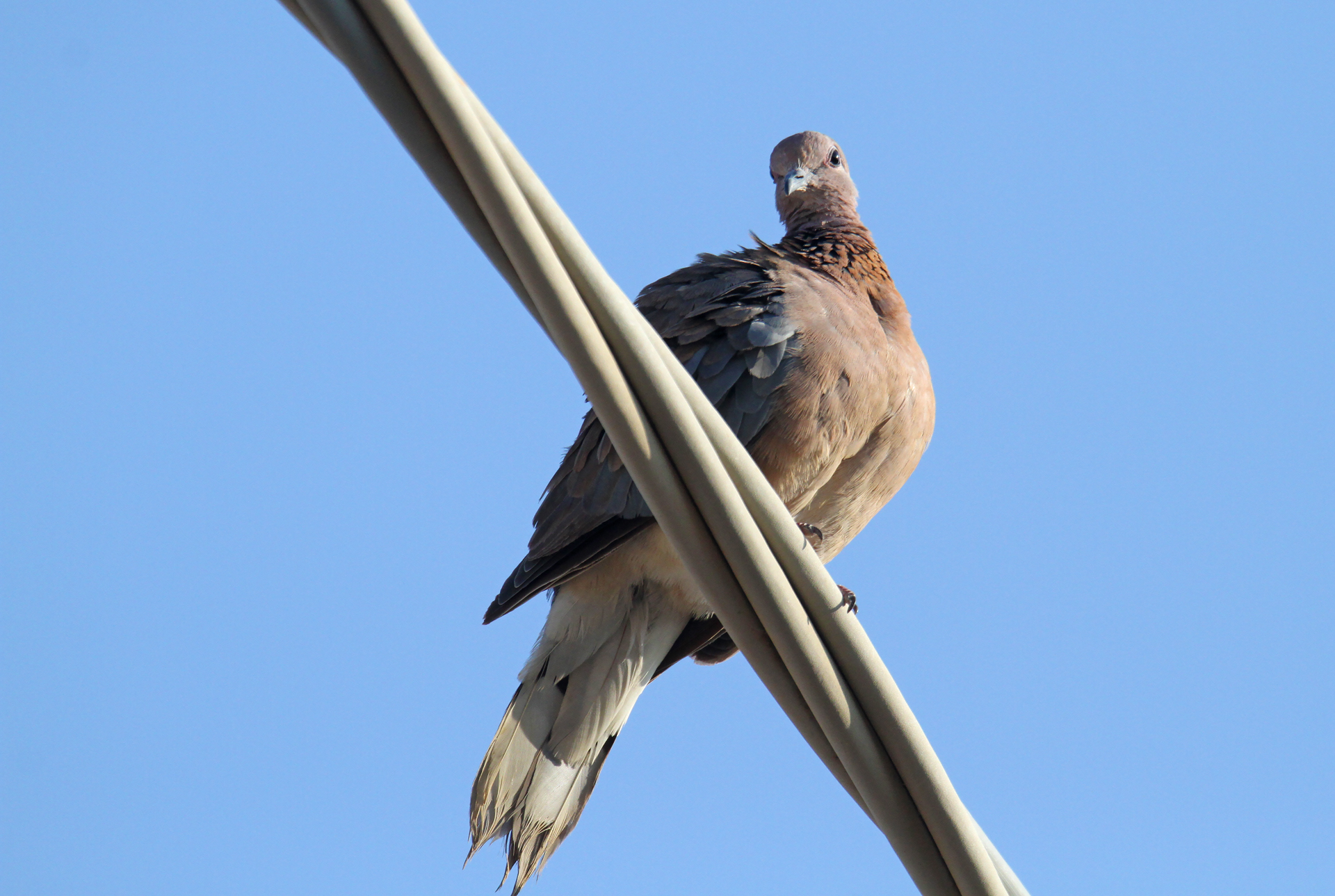
CHECKLIST
- Mallard (Anas platyrhynchos)
- Eurasian Teal (Anas crecca)
- Northern Pintail (Anas acuta)
- Northern Shoveler (Spatula clypeata)
- Gadwall (Mareca strepera)
- Eurasian Wigeon (Mareca penelope)
- Common Pochard (Aythya ferina)
- Ferruginous Duck (Aythya nyroca)
- Great Crested Grebe (Podiceps cristatus)
- Black-necked Grebe (Podiceps nigricollis)
- Little Grebe (Tachybaptus ruficollis)
- Scopoli’s Shearwater (Calonectris diomedea)
- Great Cormorant (Phalacrocorax carbo)
- Cattle Egret (Bubulcus ibis)
- Little Egret (Egretta garzetta)
- Great Egret (Ardea alba)
- Grey Heron (Ardea cinerea)
- Glossy Ibis (Plegadis falcinellus)
- Greater Flamingo (Phoenicopterus roseus)
- Eurasian Griffon Vulture (Gyps fulvus)
- Booted Eagle (Hieraaetus pennatus)
- Western Marsh Harrier (Circus aeruginosus)
- Pallid Harrier (Circus macrourus)
- Common Buzzard (Buteo buteo)
- Osprey (Pandion haliaetus)
- Common Kestrel (Falco tinnunculus)
- Peregrine Falcon (Falco peregrinus)
- Western Purple Swamphen (Porphyrio porphyrio)
- Common Moorhen (Gallinula chloropus)
- Eurasian Coot (Fulica atra)
- Black-winged Stilt (Himantopus himantopus)
- Common Ringed Plover (Charadrius hiaticula)
- Little Ringed Plover (Charadrius dubius)
- Kentish Plover (Charadrius alexandrinus)
- Grey Plover (Pluvialis squatarola)
- Little Stint (Calidris minuta)
- Dunlin (Calidris alba)
- Ruddy Turnstone (Arenaria interpres)
- Common Redshank (Tringa totanus)
- Wood Sandpiper (Tringa glareola)
- Green Sandpiper (Tringa ochropus)
- Common Sandpiper (Actitis hypoleucos)
- Ruff (Philomachus pugnax)
- Wimbrel (Numenius phaeopus)
- Common Snipe (Gallinago gallinago)
- Black-headed Gull (Chroicocephalus ridibundus)
- Slender-billed Gull (Chroicocephalus genei)
- Yellow-legged Gull (Larus michahellis)
- Feral Pigeon (Columba livia var. domestica)
- Wood Pigeon (Columba palumbus)
- Collared Dove (Streptopelia decaocto)
- Laughing Dove (Spilopelia senegalensis)
- Barn Owl (Tyto alba)
- Pallid Swift (Apus pallidus)
- Eurasian Hoopoe (Upupa epops)
- European Bee-eater (Merops apiaster)
- Common Kingfisher (Alcedo atthis)
- Crested Lark (Galerida cristata)
- Greater Short-toed Lark (Calandrella brachydactyla)
- Barn Swallow (Hirundo rustica)
- Red-rumped Swallow (Cecropis daurica)
- Common House Martin (Delichon urbicum)
- Eurasian Crag Martin (Ptynoprogne rupestris)
- Grey Wagtail (Motacilla cinerea)
- Yellow Wagtail (Motacilla flava)
- European Robin (Erithacus rubecula)
- Black Redstart (Phoenicurus ochruros)
- Northern Wheatear (Oenanthe oenanthe)
- Common Stonechat (Saxicola torquatus)
- Spotted Flycatcher (Muscicapa striata)
- Mistle Thrush (Turdus viscivorus)
- Common Blackbird (Turdus merula)
- Blackcap (Sylvia atricapilla)
- Garden Warbler (Sylvia borin)
- Sardinian Warbler (Sylvia melanocephala)
- Subalpine Warbler (Sylvia cantillans)
- Spectacled Warbler (Sylvia conspicillata)
- Zitting Cisticola (Cisticola juncidis)
- Cetti’s Warbler (Cettia cetti)
- Common Chiffchaff (Phylloscopus collybita)
- Firecrest (Regulus ignicapilla)
- Winter Wren (Troglodytes troglodytes)
- Great Tit (Parus major)
- European Blue Tit (Cyanistes caeruleus)
- Sicilian Long-tailed Tit (Aegithalos caudatus siculus)
- Eurasian Nuthatch (Sitta europaea)
- Short-toed Treecreeper (Certhia brachydactyla)
- Eurasian Jay (Garrulus glandarius)
- Common Magpie (Pica pica)
- Western Jackdaw (Corvus monedula)
- Hooded Crow (Corvus cornix)
- Common Raven (Corvus corax)
- Spotless Starling (Sturnus unicolor)
- Italian Sparrow (Passer italiae)
- Tree Sparrow (Passer montanus)
- Common Chaffinch (Fringilla coelebs)
- Common Linnet (Linaria cannabina)
- European Goldfinch (Carduelis carduelis)
- European Greenfinch (Chloris chloris)
- European Serin (Serinus serinus)
- Cirl Bunting (Emberiza cirlus)
- Corn Bunting (Emberiza calandra)